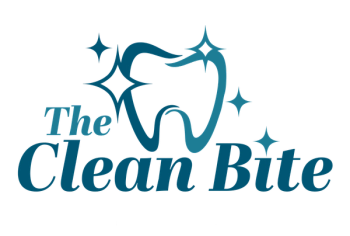
Systematic Review of Reported Reassortant Viral Lineages of Influenza
Most previous evolutionary studies of influenza A have focused on genetic drift, or reassortment of specific gene segments, hosts or subtypes.
After adjusting for correlations, only: swine as host, China, Europe, Japan and years between 1997 and 2002; remained as significant risk factors for the reporting of reassortant viral lineages. For swine H1, more reassortants were observed in the North American H1 clade compared with the Eurasian avian-like H1N1 clade. Conversely, for avian H5 isolates, a higher number of reported reassortants were observed in the European H5N2/H3N2 clade compared with the H5N2 North American clade.
Despite unavoidable biases (publication, database choice and upload propensity) the researchers say these results synthesize a large majority of the current literature on novel reported influenza A reassortants and are a potentially useful prerequisite to inform further algorithmic studies.
Reference: Pinsent A, Fraser C, Ferguson NM and Riley S. A systematic review of reported reassortant viral lineages of influenza A. BMC Infectious Diseases. 2016;16:3. DOI: 10.1186/s12879-015-1298-9
Newsletter
Stay prepared and protected with Infection Control Today's newsletter, delivering essential updates, best practices, and expert insights for infection preventionists.





